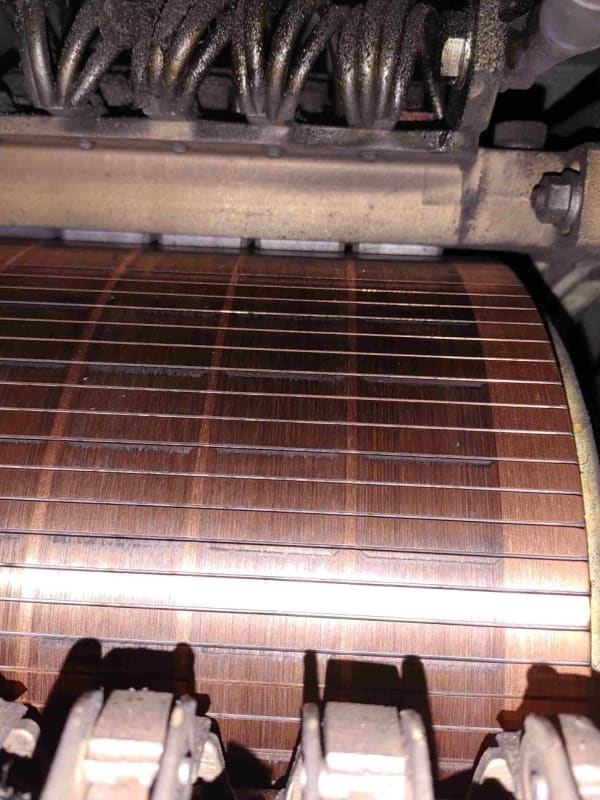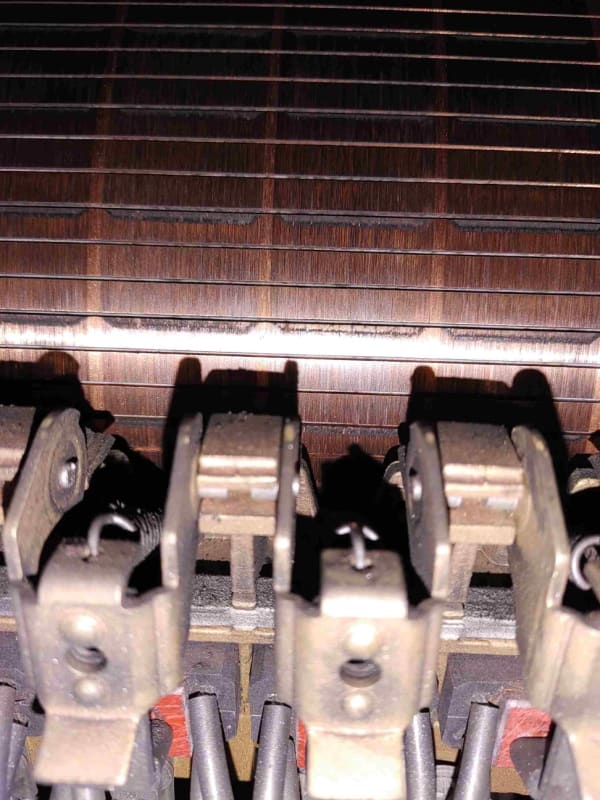One thing that you may try:
Energize the shunt field with AC, the same voltage as the DC supply is safe.
Measure the voltage across the brushes.
It should be zero or close to it.
Rotate the armature slowly and observe the voltage at the brushes. There may be a slight voltage ripple as the brushes cross from one commutator bar to the next, but an armature winding unbalance will show up as a voltage discontinuity or increase.
This test is commonly used to find the brush neutral point before putting a machine in service. The brushes are shifted to the point of zero voltage.
That is a safe starting location for the brushes. The brushes may be adjusted with the machine in service, maybe not.
The test may also be used as an in-situ growler test.
Winding opens and shorts that are normally detected with a growler, will show up on this test as a varying voltage across the brushes.
We used this test once on an armature that would develop an internal fault when heated up in service but would not develop a fault when heated in an oven.
The rewind shop was reluctant to rewind an armature when they could not duplicate the fault in the shop.
We performed this test, and described it to the rewinder.
He agreed that we did have a faulted armature and went ahead with the repair.
You may also try increasing the brush pressure one notch on the end ring of brushes and reducing the brush pressure one notch on the next ring of brushes and see if the pattern changes on either row.
--------------------
Ohm's law
Not just a good idea;
It's the LAW!




